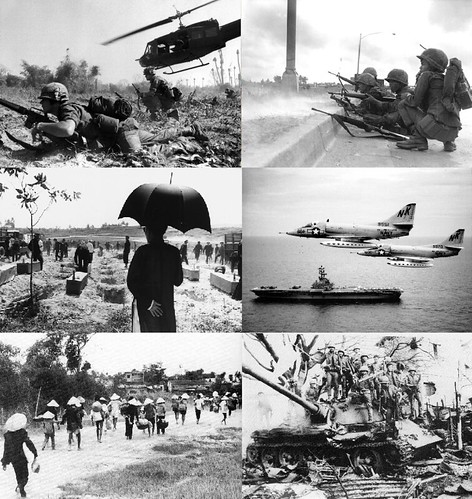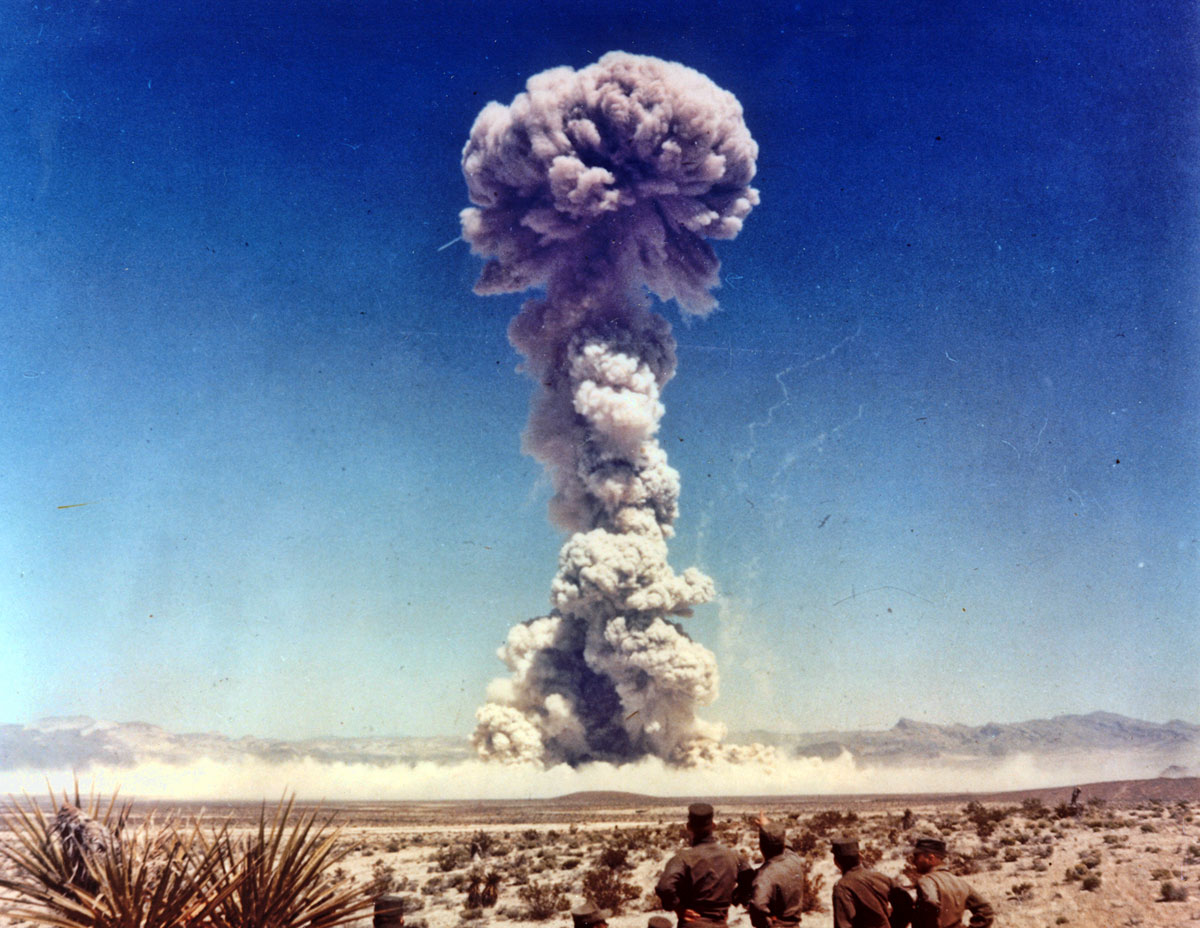Italian Sport-Club Juventus is founded by a group of students of Liceo Classico Massimo d’Azeglio.
Juventus Football Club, commonly referred to as Juventus or simply Juve, is one of the most prominent and successful football clubs in Italy and Europe. Established in 1897, Juventus has a rich history and a large fan base. The club is based in Turin, a city in the Piedmont region of northern Italy. Juventus is known for its iconic black and white striped jerseys, which have earned the team the nickname “The Old Lady” (La Vecchia Signora).
History: Juventus has a storied history, having won numerous domestic and international titles. The club’s dominance in Italian football has earned it the nickname “The Bianconeri” (The Black and Whites).
Stadium: Juventus plays its home matches at the Allianz Stadium, formerly known as the Juventus Stadium, which was opened in 2011. It has a capacity of over 41,000 spectators.
Success: Juventus is the most successful club in Italian football history, having won multiple Serie A titles, Coppa Italia trophies, and Supercoppa Italiana titles. The club’s dominance in Serie A has seen it win numerous consecutive league titles.
European Success: Juventus has also had success in European competitions, particularly in the UEFA Champions League. The club has won the competition twice, with the most recent victory in 1996. They have been runners-up in the Champions League multiple times.
Rivalries: Juventus has fierce rivalries with other top Italian clubs, most notably with AC Milan and Inter Milan. Matches against these teams are highly anticipated and are referred to as the “Derby d’Italia.”
Legends and Players: Over the years, Juventus has been home to many legendary football players, including Alessandro Del Piero, Michel Platini, Roberto Baggio, and more. In recent years, the club has boasted talents like Cristiano Ronaldo, who joined in 2018.
Ownership: The club is owned by the Agnelli family through their holding company, Exor, and is managed by the Agnelli-owned Fiat Chrysler Automobiles (FCA).
Women’s Team: In addition to the men’s team, Juventus has a successful women’s football team that competes in Serie A Femminile. They have won several league titles and have been competitive in Europe.
Youth Development: Juventus is known for its youth academy, which has produced many talented players who have gone on to have successful careers in football.
Fan Base: Juventus has a passionate and widespread fan base not only in Italy but also around the world. The club’s fans are known as “Juventini.”



